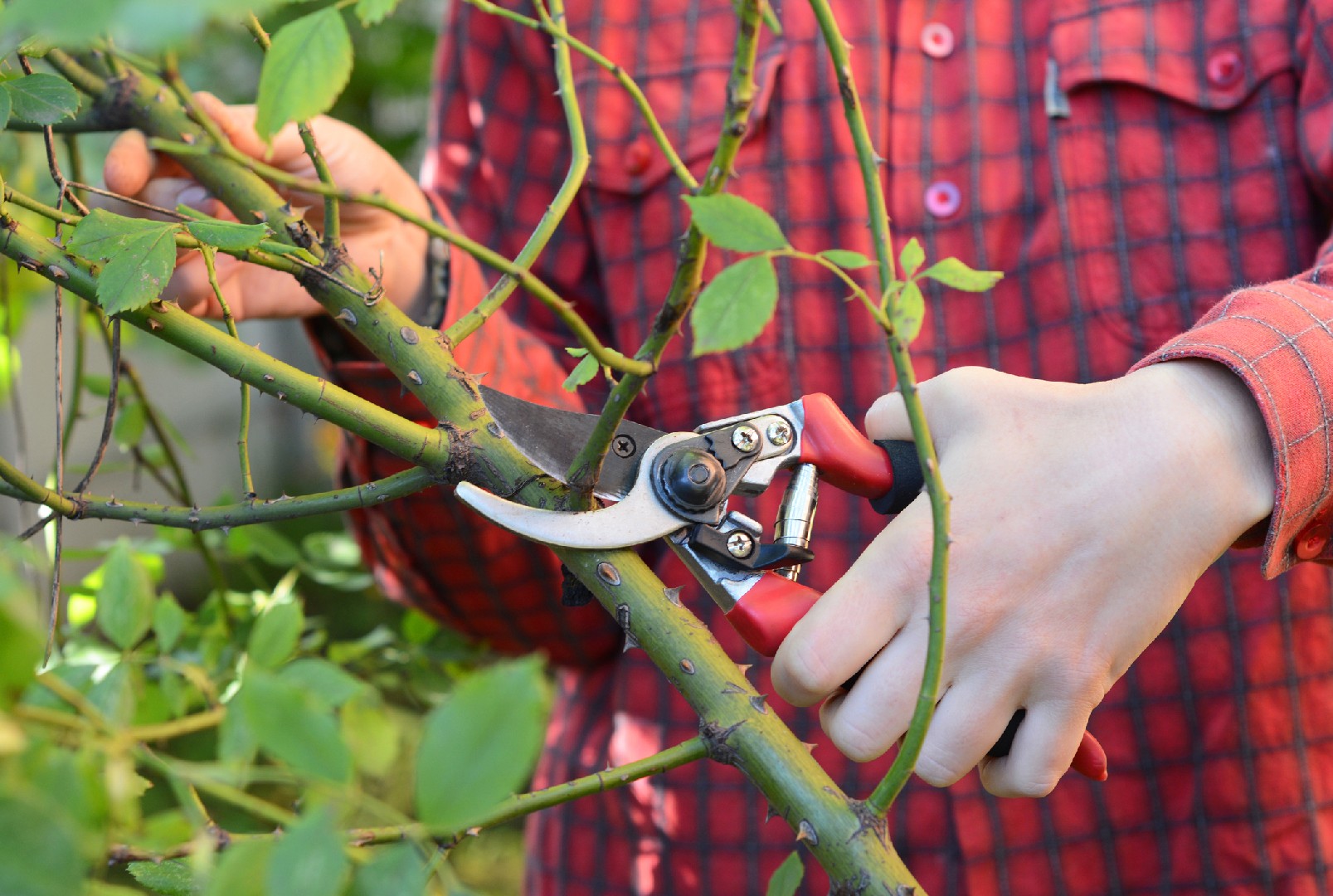![Rectangle]()
Summer: Managing Growth and Health
During the summer months, it is essential to manage the growth and health of your garden. With the right pruning techniques and strategies, you can maintain the vitality of your plants and ensure they thrive throughout the season. In this section, we will explore some effective methods and skills to help you boost your garden's health during the summer.
One of the key techniques for summer pruning is slowing the growth and directing the shape of your plants. By strategically pruning certain branches and stems, you can control the size and form of your plants, making them look more aesthetically pleasing. Additionally, this process promotes healthier growth by redirecting the plant's energy to specific areas.
To ensure a bountiful display of blossoms, it is crucial to remove wilted and faded flowers regularly. This practice, known as deadheading, not only enhances the overall appearance of your garden but also stimulates more flowering. By removing spent blooms, you encourage the plant to produce fresh flowers, providing a continuous burst of color throughout the summer.
During the warm summer months, plants can experience stress due to the heat. Light pruning is preferred during this time to reduce the stress on plants. By removing dead or damaged branches, you help improve air circulation and minimize the risk of pests and diseases. It is important to avoid heavy pruning as it can weaken the plants further, making them more vulnerable to harsh weather conditions.
In addition to pruning, there are other skills and knowledge that can contribute to the overall health of your garden during the summer. Proper watering techniques, for instance, can make a significant difference in the vitality of your plants. It is essential to water deeply and infrequently, allowing the roots to absorb water effectively. Mulching can also help retain moisture in the soil, reduce weed growth, and regulate temperature.
Furthermore, regularly inspecting your plants for signs of pests and diseases is crucial. Catching any issues early on can prevent them from spreading and causing major damage to your garden. Educate yourself about common pests and diseases that affect the plants in your area, and learn about organic methods to control them.
To summarize, summer pruning plays a vital role in managing the growth and health of your garden. By using techniques such as slowing growth, deadheading, and light pruning, you can ensure your plants thrive during the summer. Additionally, skills like proper watering, mulching, and pest control contribute to the overall well-being of your garden. By implementing these methods and gaining relevant knowledge, you can boost your garden's health and enjoy a vibrant and flourishing landscape throughout the season.





